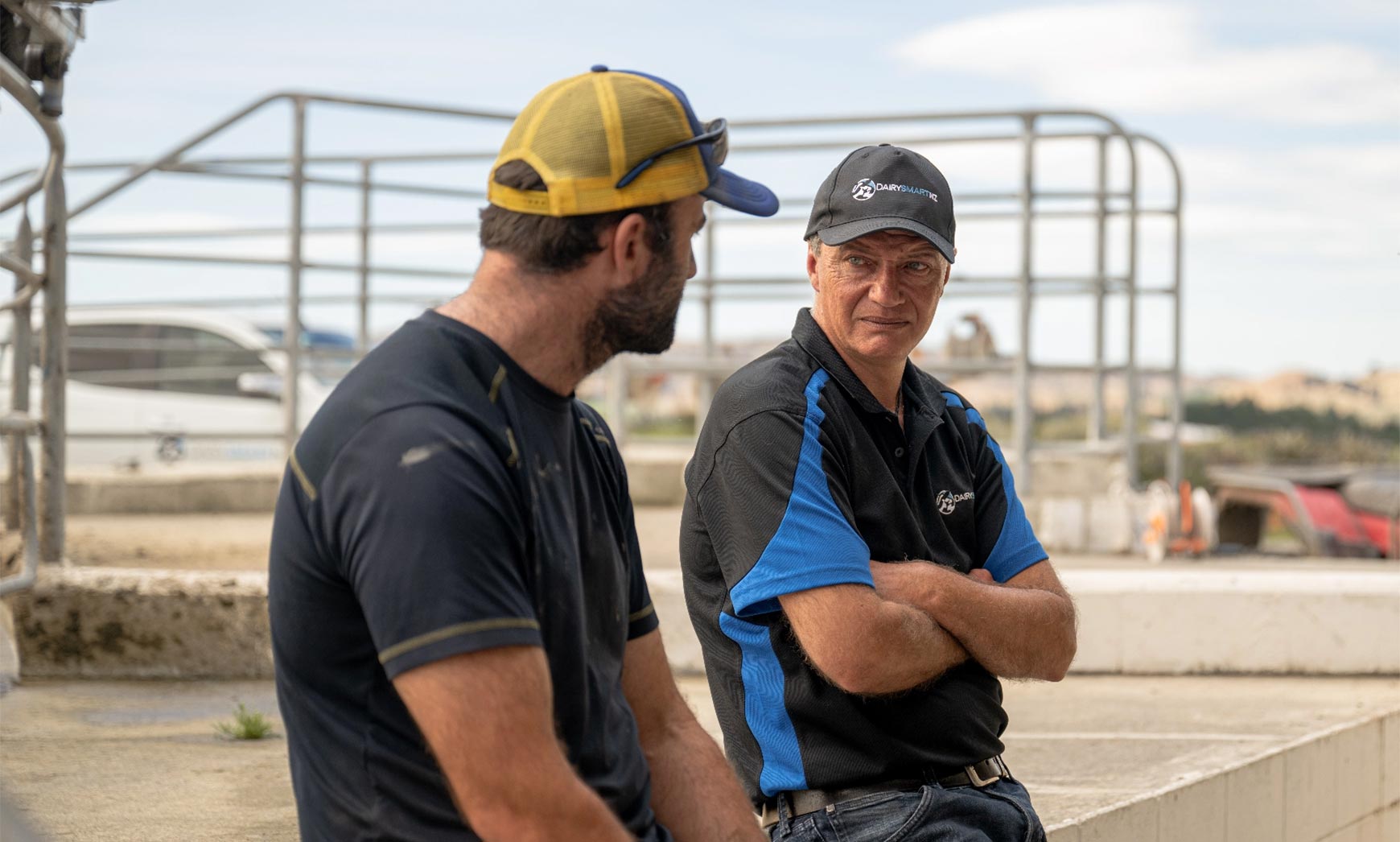The Challenge
Thousands of cows each year get antibiotics unnecessarily
Antibiotic resistance
Global threat
Every time bacteria is exposed to an antibiotic it has an opportunity to develop resistance. Soon after the discovery and use of the first antibiotic back in 1928 resistance started to develop and has been getting worse ever since. There are now certain infections in both humans and animals that are untreatable and an estimated 1.2 million people die of antibiotic resistant related infections every year. This is predicted to reach 10 million deaths every year, by the year 2050 which is why urgent action is needed now.
Resistant bacteria in NZ dairy herds
Methicillin resistant Staph. aureus (MRSA) causes hundreds of thousands of deaths in people each year and in 2023 MRSA was discovered in several dairy herds across New Zealand. The infected cows had MRSA present in their milk, with the bacteria most likely being transmitted from milkers hands to the cows udders. Staph aureus is a common bacteria found in mastitis cases and it is only a matter of time before we see MRSA of cow origin infecting other cows and possibly humans.
‘Just in case’ antibiotic use is not okay
We should not be using antibiotics ‘just in case’ an animal might get an infection. This is called prophylactic use, and this practice is now banned in Europe and some Scandinavian countries. Most of the antibiotics used in the New Zealand dairy industry are used in mastitis, especially dry cow antibiotics. These should only be used when an infection (bacteria) is present in the udder, but unfortunately millions of tubes of antibiotics are put into non-infected udders every year. Blanket dry cow therapy, where every cow in the herd is treated with antibiotic ‘just in case’ is no longer justifiable, unless in exceptional circumstances.
Safeguarding our future
The globally recognised gold standard approach to diagnosing the presence of bacteria in the udder is to do a milk culture (grow and identify the bugs in the milk). Other methods such as measuring conductivity, the rapid mastitis test and measuring somatic cell count (SCC) indicate the presence of inflammation or other changes in the milk, not the presence of bacteria. Studies show that using these other methods can result in inappropriate use of antibiotics where cows that need antibiotics miss getting treated, but more worryingly, cows that don’t have bacterial infections get antibiotics put into their udder.
The Benefits Of Culture Based Testing
DairySmart is a diagnostic system that offers practical, large scale microbiological culturing for any dairy herd.
DAIRYSMART DIAGNOSTICS
- Diagnoses bacteria in the milk (infection)
- Diagnoses over 10 different species of bacteria (Staph aureus, Strep uberis etc).
- Accurate at identifying major and minor pathogens
- Our data shows that approx. 20% of High SCC cows grow no bugs
- Treatment decisions can be made based on the presence of a bacterial infection
SOMATIC CELL COUNT DATA
- Indicates the presence of inflammation in the udder
- Cannot identify bacteria in the milk
- Low SCC cows can still have Staph aureus, Strep uberis & other bacterial infections
- High SCC cows don't always have bacteria in their milk
- Cows may be incorrectly treated or culled based on inflammation, not infection
Costs and implications
Mastitis costs the New Zealand dairy industry over $180 million each year and the global dairy industry a whopping US$1 billion. DairyNZ estimates the total costs of mastitis for an average herd of 300 mixed age cows to be $54,500 per year or $180 per cow.
The average case of clinical mastitis has an estimated total economic cost of $496, including $180 in direct costs and $316 in indirect costs.
Direct costs include diagnostics ($22), therapeutics ($25), non-saleable milk ($70), veterinary service ($4), labour ($21), and death loss ($38).
Indirect costs include future milk production loss ($125), premature culling and replacement loss ($182), and future reproductive loss ($9).
Accurate decision making regarding mastitis control relies on understanding the economic impacts of clinical mastitis, especially the longer tern indirect costs that represent 64% of the total cost per case of mastitis. Future milk production loss represents 25% of the total cost, and future culling and replacement loss represents 37% of the total cost of a case of clinical mastitis.
Farmers using the DairySmart diagnostics system have seen a 50% reduction in mastitis cases and a 25% reduction in culls, resulting in thousands of dollars saved.

Backed by research
Have confidence through our years of trials and results